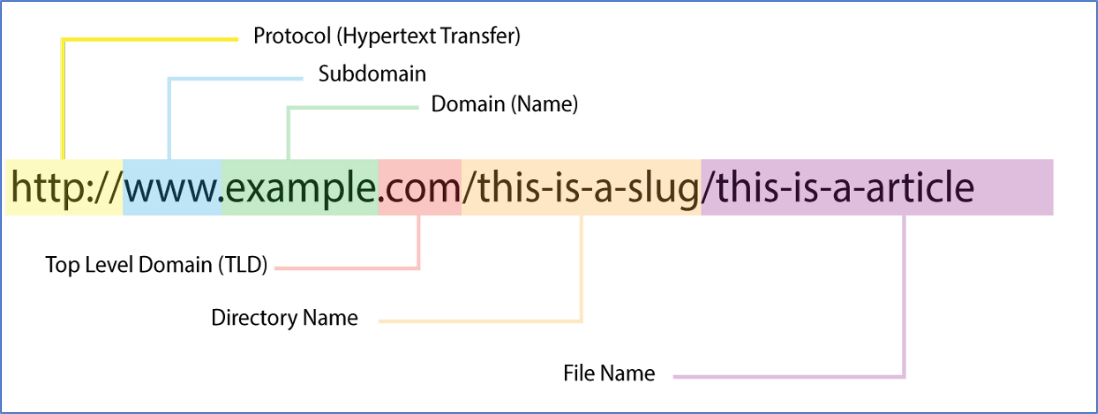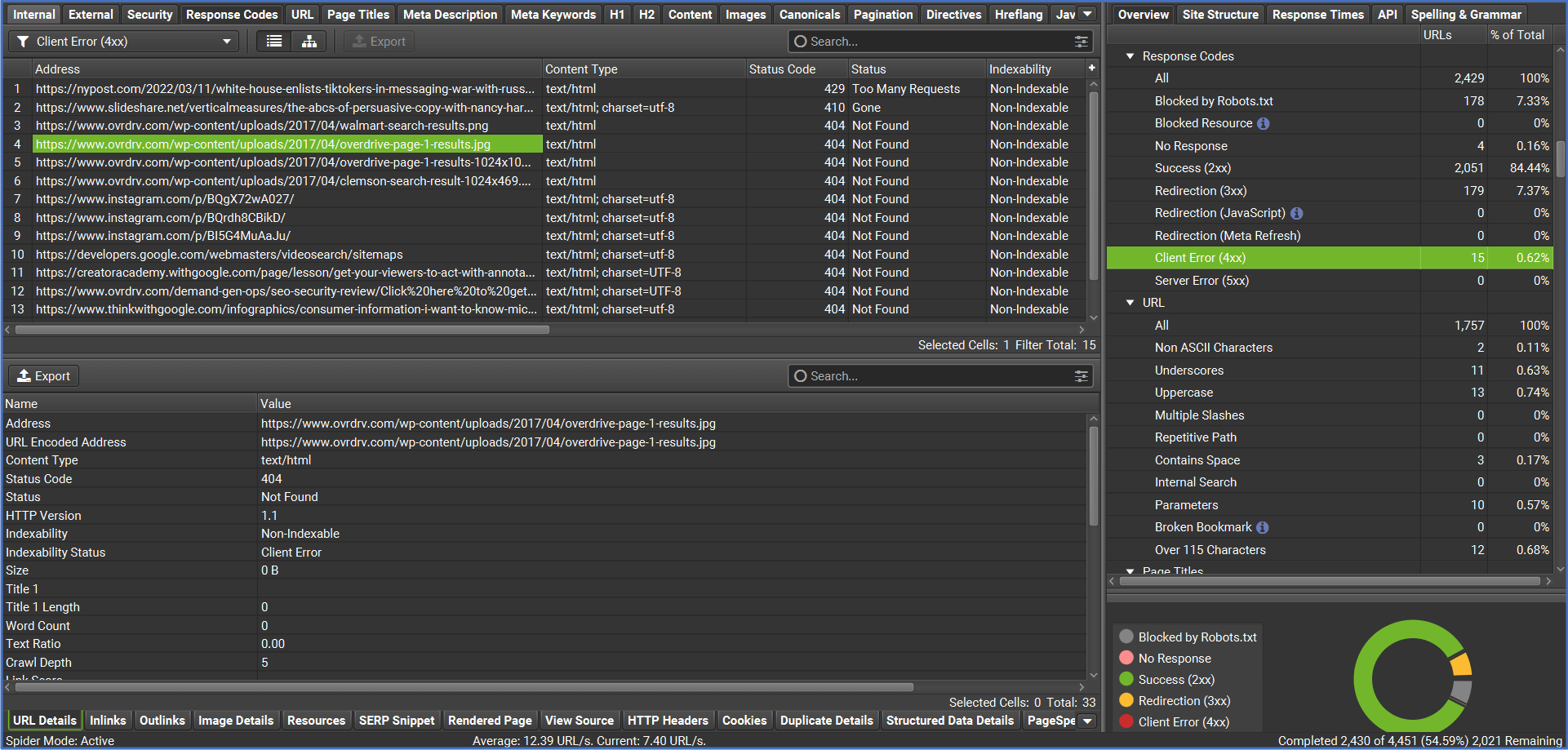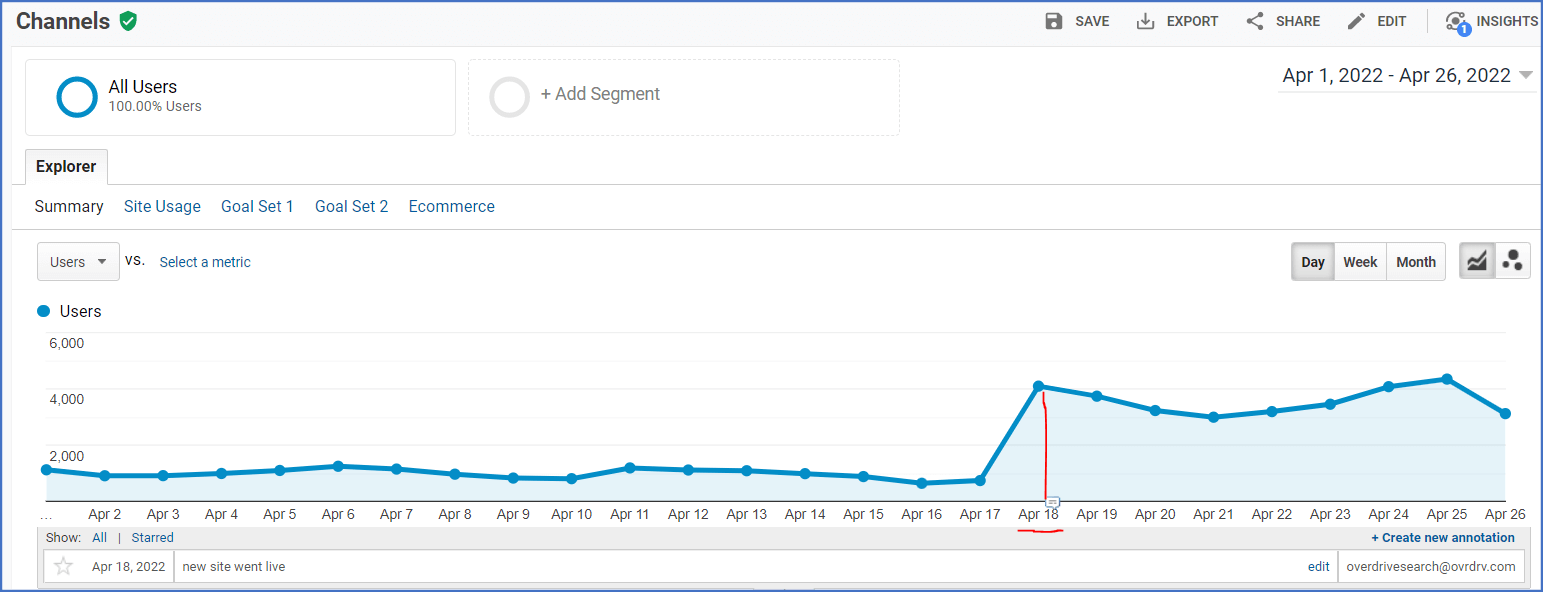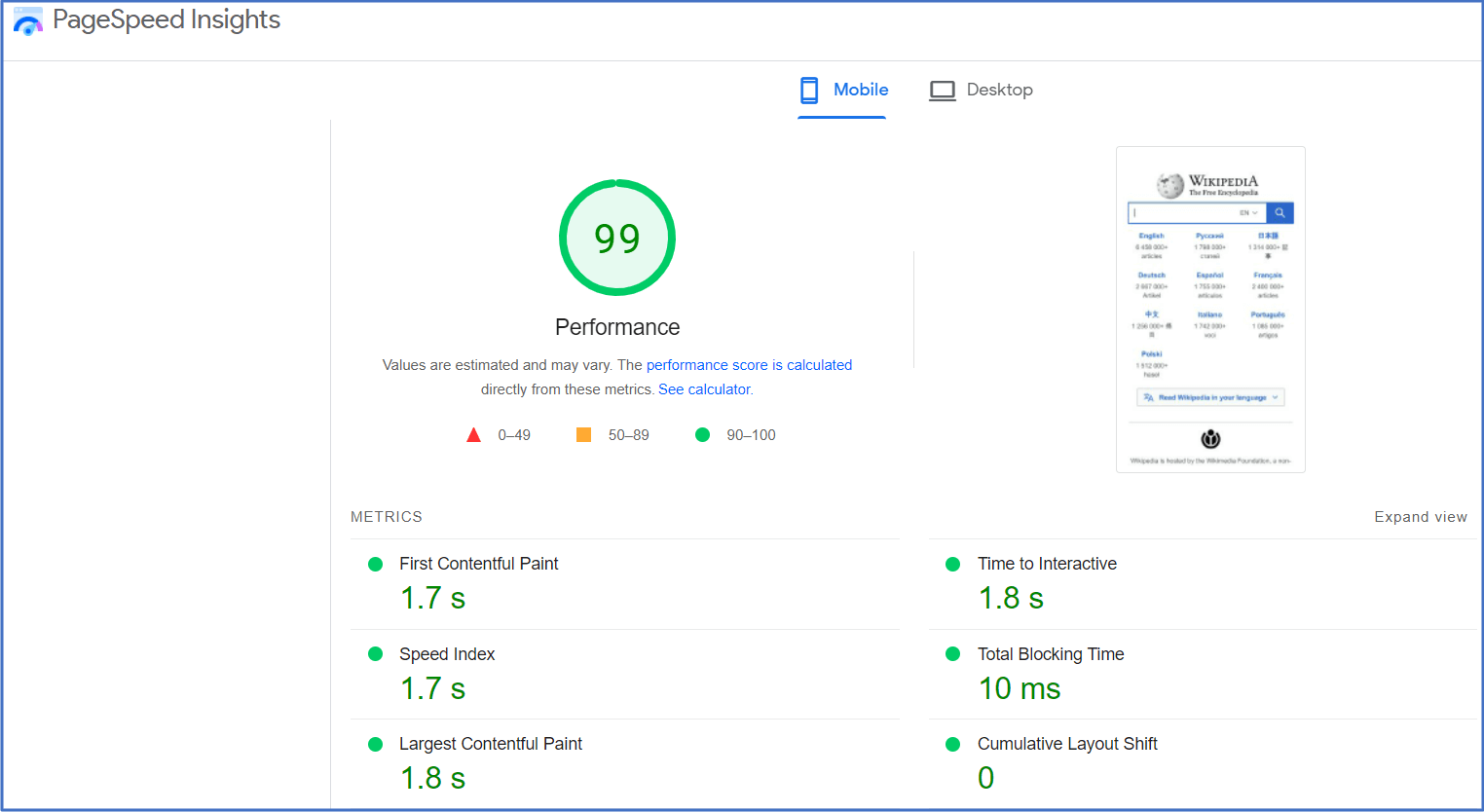E-commerce Website Redesign
Enterprise SEO Site Migrations and Consolidations

Overdrive Interactive generated this image in part with OpenAI’s DALL·E on 2023-01-18
With the right planning, resources, and enterprise SEO services, you can successfully migrate your website.
Before undertaking a website migration by re-platforming or consolidating websites, you must understand your new website functionality how it will work, and the content it will house. Crawl your website before the migration, benchmark your analytics, 301 map the old to new URLs, manage your sitemaps, and other housekeeping migration activities as outlined in our migration checklist.
In addition, you can improve the search engine optimization (SEO) of your new website by implementing best practices in the areas that are important to your business and provide a great user experience.
Becoming a Marketing Engineer – Webinar Slides & Video
Learn how all the best practices and platforms we use come together to create a marketing infrastructure, customer journey, and sales funnel.
Watch the Webinar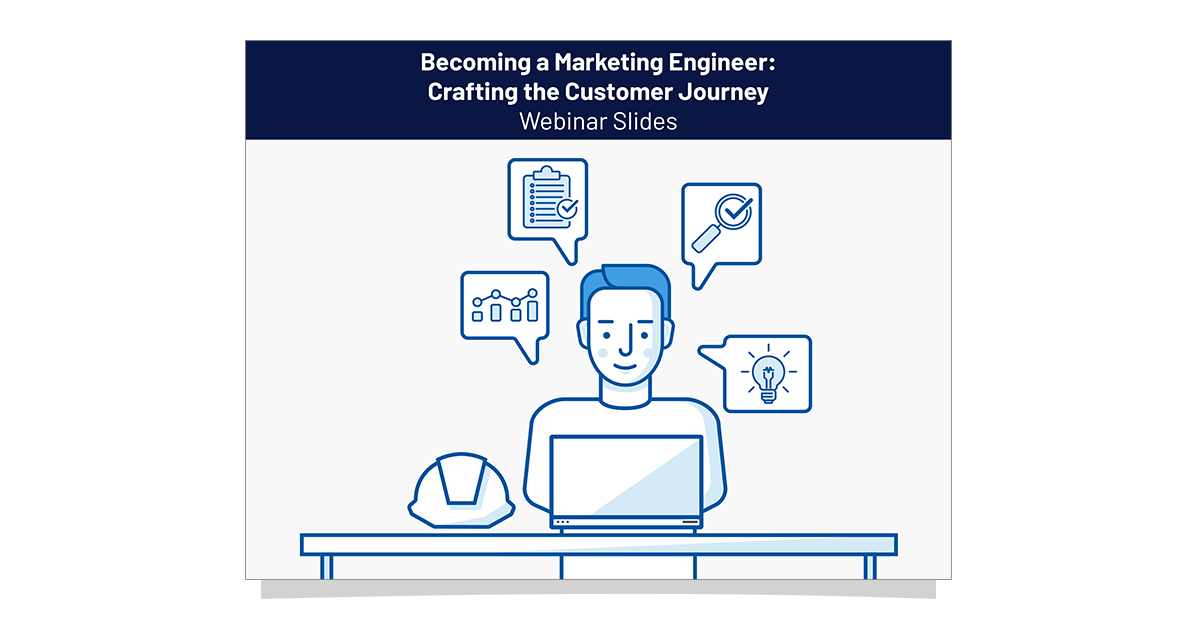
Types of migrations
Source: https://magentiv.com/404-error-vs-410-gone-error-code/
Design migration (i.e., eliminating JavaScript)
Before embarking on a design migration, it is important to consider its implications from a digital marketing perspective. It can affect your keyword rankings short and long term. Additionally, the concurrent changes make it more difficult for your site to recover without proper planning. As a result, you should involve stakeholders in the planning process from the beginning. To help convince stakeholders, discuss the benefits and downsides of migration in advance.
During a design migration, you’ll need to consider how to optimize the new site for SEO. For example, you might want to make some changes to the look of the website or change the internal navigation. A website migration can also impact your monetization model. In such a case, you’ll need to use 301 redirects and like-for-like filenames to maintain your rankings.
Eliminating JavaScript from your site in your CSS or HTML can cause major problems, especially if your website has been built with an old framework. For example, when you migrate to a new platform, you will need to rewrite URLs for all your pages. Because JavaScript is used to dynamically load information, the URLs for old pages will no longer reflect the new URLs. This is problematic for SEO purposes because Google will not rank your site without the old URLs or proper 301 redirects in place.
Before implementing a site migration process, it’s important to determine the desired outcome, timeline, and resources needed for success. There may be several goals of a website migration including improving your SEO. It’s a great opportunity to correct any existing problems, review your site templates, and optimize SEO features, including meta descriptions, page titles, and headings. When reworking content and structure, you’ll want to take advantage of any new features that can improve your website’s search engine rankings.
If you want to improve your SEO efforts, consider the benefits of an enterprise SEO platform. These platforms consolidate fundamental SEO elements like on-page, off-page, and enterprise technical SEO. In addition to reducing training time, they help reduce the total cost of ownership of your website. For enterprises, a platform like this offers numerous advantages.
In addition, you should also perform a benchmark page speed test to determine the speed of your new site compared to the old one. The results of these tests should be compared with the speed of your pre-migration baseline. You should add any recommendations to your backlog. The lack of planning will only make your project seem much larger than it really is. Reduce unused code in your CSS and review your tag implementation to remove unused Paid Media remarketing and conversion pixels no longer in use.
TLD migration (i.e., ccTLD to gTLD and vice versa)
Top Level Domain (TLD) migration is a common process for international SEO websites. It will change the URL users can reach for your site. It will affect redirects, protocols, hostnames, branding, and more. Some companies choose to migrate from one country code Top Level Domain (ccTLD) to another. Mobile or m-dot sites can also be moved into a subdomain or subfolder, and are converted to mobile-friendly versions through responsive design using the same URLs as other devices.
In addition to the basic technical setup, TLD migration may be necessary for new markets. Changing ccTLD to another market could complicate your technical setup. Your server and CMS could limit the type of TLD you choose. Your next step would be to determine whether you’ll use a country-specific TLD for the new market, or a TLD that can be used for multiple markets.
To avoid this issue, it’s important to consider all the different elements of the site. For instance, your enterprise site may consist of several domains and subdomains, each with a topic-focused sections. In such a case, it would be helpful to use a guide for the migration. In addition, it would be helpful if you included stakeholders at an early stage. During this time, you could gather input from them and plan your budget and timeline accordingly.
When it comes to enterprise SEO, there are some advantages to converting from ccTLD to generic Top Level Domain (gTLD), or vice versa. Both domain extensions offer tremendous search engine visibility and customer trust, but there are some disadvantages as well. You should consider the pros and cons of each for your website, your audience, and your expansion plans.
While there are several benefits of converting from ccTLD to gTLD, one of the biggest is that you can build better brand recognition and aggregate more consumer loyalty from one central domain. For a localized business, ccTLD registration is a great choice because it will draw people into your niche. It also creates an umbilical connection with local communities and helps to build trust.
However, it is important to understand that converting from a ccTLD to a gTLD isn’t as simple as it seems. While enterprise international SEO is possible, it’s advisable for a website that’s focused on global expansion to be localized with proper href language tags and canonicals.
Platform migration (i.e., AEM to Drupal)
When you are considering a platform migration, you must first decide which CMS is the most suitable for your enterprise. Different vendors have different platforms, and the technology they use is not the same. They different JS frameworks, hierarchies, templates, and various plugins. It is important to take into account the SEO implications of changing platform. Changing platform can cause Google to drop traffic while it tries to figure out the differences between the two.
In case of platform migration, URL changes and information architecture improvements are usually required. Additionally, a failed implementation of hreflang can result in a massive drop in organic visibility. Lastly, the website has to be optimized for the changes made in the new platform. To avoid this, it is advisable to migrate with a plan for pages to be organized in a taxonomy and topology suitable for your growing enterprise.
During a platform migration, you must ensure that all the links on your site are pointing to the new sites URLs. This will lower the load time for visitors, and pass on more link value. The new website also needs to have optimized pages and content. A new platform can also affect user-generated content (UGC) and URL structure. During a platform migration, it is imperative to monitor all of your SEO KPIs.
Subdomain/subfolder migration
Technical considerations may prevent you from migrating to a subfolder. Lesser subdomains may have underperformed. Although the former is potentially more effective in SEO, subfolders have the greater authority than subdomains. Unless you’re moving an entire site, you’ll need to link all of your pages to each other cross domain. You’ll also need to set up Google Analytics and Search Console accounts for each subdomain, as well as set up a budget for each sub domain.
Ultimately, the migration process should make it easier for you to manage the new website and optimize its performance. Focusing all domain equity on a single domain vs fracturing equity amongst subdomains or ccTLDs.
Crawl your website before the migration
Source: https://www.screamingfrog.co.uk/seo-spider/user-guide/general/
If you’re planning a website migration project, crawl your site before the migration. A crawl will give you a starting point for mapping URLs and identifying any errors on your current site that you will want to fix on your new site. Overdrive uses Screaming Frog and DeepCrawl (now Lumar) to crawl your site and uses Google’s Search Console or other web analytics tools to monitor and improve your site’s performance. Likewise, crawl your site after the migration so that you can analyze data from previous versions. If you’ve been collecting analytics data for your site, this will be a valuable asset during the redesign process.
The crawl report you receive from the spider will let you know whether the new site is crawlable and indexable. It will also help you identify issues, such as missing content, broken links, and 404 errors. Once you’ve crawled the site, you can click around and look for any problems that may exist including your HTML Title’s, Metadata, Headers (H1-H6), and page response codes (2xx, 3xx, 4xx, 5xx). Check for errors that could be related to redirect chains orphan pages and other changes in your site’s code around CSS or Javascript relating to unused code or security issues.
While the migration itself might only take a few hours, planning it and developing page templates, information architecture and so on will take far longer. Therefore, it’s best to use a crawling tool so that you can identify any problems before the migration and determine which areas need to be prioritized. Broken links and duplicate content are among the most common problems you can find with a crawl. By comparing the old site with the new one, you can identify issues that need to be fixed from the migration.
During the migration, the site’s structure and content might change radically. Make sure to crawl all pages before the migration so that you don’t lose traffic or SEO. The crawling process will also reveal any pages that have been set to “noindex” or “nofollow.”
After the migration, you should monitor traffic to your new website. Monitor traffic from referrals and search engines. Compare the old traffic to the new traffic. If any pages lose traffic, you may need to change their URLs or make the necessary changes. If you’re changing the URL structure, you might want to change any external links. You might also want to fix the meta tags and optimize on-page copy to improve the performance of your new website.
Benchmark your analytics
Source: https://moz.com/blog/website-migration-guide
When it comes to website migration and consolidation, it’s important to benchmark your analytics to ensure your website is still performing as well as it did before. Benchmarking can give you a comprehensive portrait of your site’s behavior and performance. You can also use benchmarking to compare metrics across multiple sites to determine how your migration and consolidation efforts are performing in comparison to each other. Benchmarking can also help you identify which metrics need to be adjusted or updated post-migration.
Before moving your website, you must first benchmark your analytics and understand its current performance and ranking. This data is valuable for determining whether the migration is a success or a failure. For this, you can use tools that measure traffic and ranking. You can also create spreadsheets to consolidate data from multiple URLs. Make sure to include a note in the analytics software about when the migration occurred.
Once you have the data, you can plan the migration phase. Identify critical areas and prioritize them for migration. Involve your enterprise SEO company in the migration, and fix any issues that may have arisen after the migration. A poorly executed website migration can cause long-term and short-term consequences for your SEO campaign. Ranking recovery is more difficult after a website migration, and it can compound the effects of previous changes.
Site migrations are an exciting opportunity for rebranding and revamping your site while addressing long-standing issues. However, take the opportunity to review your web pages for your current SEO campaign, so it aligns when planning for a new content marketing program. If the transition goes wrong, you could lose traffic, visibility in search results, and revenue. Fortunately, there are enterprise SEO tools that can help you automate the process and audit the migration with analytics and research tools.
Review your current site structure with SERP asset type (Image, PDF, Video) looking at Universal Search, keyword and real-time ranking pages, page views, conversion rates, landing pages, and old URLs to infuse organic traffic and organic search metrics prior to relaunching taking into account any new content that will be deployed on the new domain.
301 map all changed URLs from old to new
Performing a 301 redirect mapping operation of all changed URLs from old to new for your enterprise eCommerce SEO website migrations and consolidations is extremely important. While it can be tempting to just leave links as-is, this practice will cause the server to load more slowly and dampen Page Speed and potentially PageRank. The ideal method is to use a database search and replace operation (mod rewrites). If possible, you should update without changing folder structure.
Before implementing a 301 mapping process, you must evaluate the internal link profile of your website and delete any bad links (old HTTP or what will be new URLS to avoid a 301). You should also identify any new links that can benefit your website. Once you have done all this, you should start mapping out the new 301 redirects for all the pages. Before going live, test the 301 mapping procedure in a staging environment to ensure that the redirects work properly.
Before implementing a 301 mapping process, you need to determine how to prioritize the different pages. If you have 50,000 links, your pages are likely more authoritative than those with fewer links. 301 mapping should be based on patterns. Developers will resist coding thousands of one-to-one redirects. Such a large project would not be easy to execute and there’s a high possibility for errors. Instead, use a system that can handle more than one redirect at a time and avoid errors.
During a website migration or consolidation, it’s important to remove broken links. Having internal links pointing to redirected URLs will make it hard for search engines to index the new site. You should update any internal links that point to these redirected pages as soon as possible. It is also important to avoid using a 301 mapping method when you’re relocating your website.
Once you’ve completed the migration, submit a new XML Sitemap of the new site. This will contain both HTTP and HTTPS URLs. Then, monitor the migration by using the HTTP XML sitemap. After the migration, you’ll see the status – indexed or not – on your HTTPS XML Sitemap. This will give you an idea of how many of your new pages have been indexed, and whether they’re getting indexed or not.
Manage and submit sitemaps
If your enterprise SEO strategy includes a migration from one web property to another, you’ll need to review your Robots.txt and maintain XML sitemaps for the new web property. Sitemaps help search engines understand which pages are on your site and which are not. After the migration, you’ll want to update your sitemaps with Google Search Console and Bing Webmaster Tools. Using sitemap submission toolsets like this can make the process easier to index the new site quickly.
Conclusion
You must understand the scope of the website migration or consolidation before implementing a new SEO strategy. Before starting the migration process, be sure to plan how many resources and timelines you have available. You should also know the specific URLs and internal and external links on your current site and what pages are priorities. Then, you can move on to planning and implementing the new strategy. Make sure to check the sitemaps and benchmark SEO metrics on your website before and after launching it.
Before the migration process, you should run a full site crawl on the website and again after launch. Check for critical technical issues, review the content, and find new link opportunities. Before launching the new site, make sure you have mapped out 301 redirects and test them in your staging environment. You should also take note of the page speed. Google Analytics Site Speed report will help you determine whether you have any page speed problems.
It is crucial to note that a site migration can impact SEO rankings both in the short and long term. Your rankings might take longer to recover after a migration, and it will compound the effect of the previous migration. Be sure to share any relevant case studies with stakeholders so they can see the effects the migration might have on their rankings and search traffic. Once you’ve decided to migrate your site, make sure to use Google Analytics annotations to track any major changes to your site.
Enterprise SEO site migration FAQs
What is an enterprise SEO site migration?
An enterprise SEO site migration refers to moving one domain, subdomain or URL structure to another while ensuring that no search engine rankings, traffic, authority or indexing signals are lost or majorly disrupted in the process.
What are the 4 types of enterprise SEO site migrations?
Enterprise SEO site migrations can be classified into the following 4 major types:
- Design migrations
- TLD (top-level domain) migrations
- Platform migrations
- Subdomain/subfolder migrations
Does migrating a site affect enterprise SEO?
Yes, SEO is affected by enterprise website migrations, consolidations and redesigns in that it can significantly impact the website’s search rankings, traffic and visibility if not planned and monitored carefully, particularly around the URL structure and redirection from the old to the new URLs.
How can I migrate my enterprise website without losing SEO?
When migrating an enterprise website, it’s important to create a migration checklist to ensure steps are clear, resources are understood and managed, and a timeline is reasonable. The checklist should contain the following:
- Pre-migration, crawl your website
- Pre-migration, benchmark your website’s analytics
- Map 301 redirects pointing the old/existing URLs to the new URLs
- Update XML sitemaps to include only the new URLs that are 200-HTTP status and indexable
- Update your robots.txt file to reflect the new domain, URLs and URL structures
- Post-migration, crawl the site and ensure all redirects are working correctly
- Post-migration, test your website’s analytics to ensure all URLs are being tracked properly
- Post-migration, check your XML sitemaps to ensure they contain only the new URLs that are 200-HTTP status and indexable, and ensure they are resubmitted to Google Search Console and Bing Webmaster Tools
- Post-migration, check your robots.txt file to ensure it accurately reflects domain, URLs and URL structure changes
Will domain migrations increase enterprise SEO traffic?
Enterprise domain migrations can increase SEO traffic if planned and executed properly, though it is not always guaranteed. Changes made to existing well-performing content during a site migration can be risky and it is recommended to wait until the migration is complete before making significant content updates to top-performing pages.
Scale Your SEO Program
Overdrive will provide the talent, technology, and process required to stand up, maintain, and optimize an always-on SEO program.
